American Essence
FOR EVERYONE WHO LOVES THIS COUNTRY
Art of the Scarf
Crack Jackie O’s style code with this timeless accessory
Quitting Comfort
Michael Easter on the life-changing power of doing hard things
Call of the Untamed West
Broken by grief, Theodore Roosevelt found renewed purpose in the wilds of North Dakota
STANDING FOR FREEDOM
For actor and father Kirk Cameron, upholding our nation’s principles starts at home, with our children

American Essence JUNE 2023 JUNE 2023
VOLUME 3 | ISSUE 6
LimitedPreview ofSelectedContent
No synonym for God is so perfect as Beauty. Whether as seen carving the lines of the mountains with glaciers, or gathering matter into stars, or planning the movements of water, or gardening—still all is Beauty!”
 —JOHN MUIR
—JOHN MUIR
 Mount Rainier, as viewed from Indianola, Wash.
Mount Rainier, as viewed from Indianola, Wash.
Features
14 | Family Roots
John J. Monteleone pens a loving tribute to his father, a man known for his enduring generosity.
16 | Why I Love America
Reflecting on family portraits, Ashley Graning honors the values of the men and women of the “Greatest Generation.”
18 | Family Man
Actor and father Kirk Cameron on the joys of raising his children and appreciating the freedoms our country was founded on.
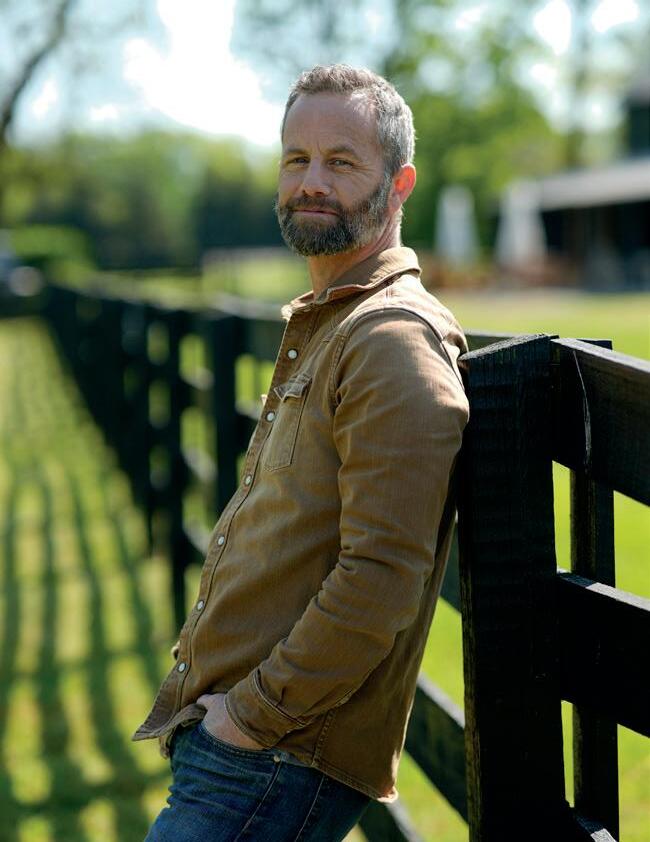
24 | How to Enjoy Being Uncomfortable
Author Michael Easter tells us why getting out of our comfort zone is a good thing.
28 | Healing Waters
When Katie Cahn was in the depths of despair, fly fishing proved to be a lifeline.

32 | Band of Brothers
A working farm in North Carolina connects fathers and sons through the craft of homesteading.
History
34 | White House Pets
A look at the animal companions who brought levity to the presidents and their families.
42 | Theodore Roosevelt: A Passion for the Great Outdoors
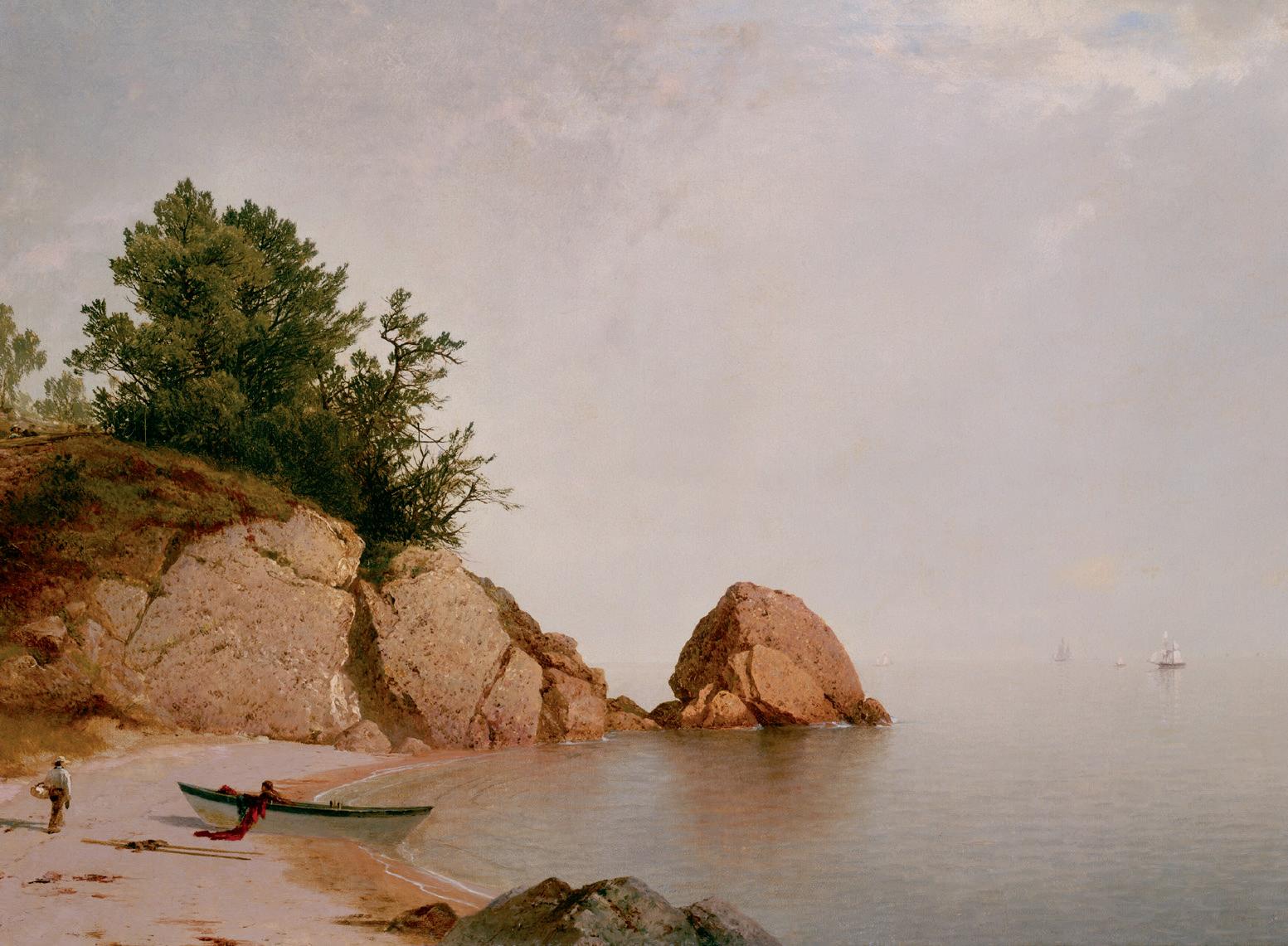
The politician-turned-rancher healed his heartache amid the cathartic beauty of nature.
48 | Blazing a Path Westward
Famous for his exploration and settlement of Kentucky, Daniel Boone became one of America’s first folk heroes.
52 | Young George Washington
From learning from his father to surveying work on the frontier, his early experiences would shape the man he would become.
56 | Honoring Fathers
If there was a Mother’s Day celebration, why couldn’t there be a Father’s Day one as well, wondered a Washington woman.
62 | Wartime Writer
World War II journalist Ernie Pyle brought the soldiers’ woes and joys to the home front through his reportage.

Contents First Look 7 | Social Calendar Out and about from coast to coast. 8 | Picnic in Style The dos and don’ts of dining al fresco. 9 | Culture Shortlist Recommended reading and watching. 10 | The Sophisticated Scarf Take a cue from Jackie Kennedy Onassis on how to style this classy accessory. 12 | National Park Stays On your next national park visit, why not stay at these historic hotels?
18 80
Every

Our America Made Possible by Sportsmen

hillsdale.edu/nimrod
year, millions of Americans participate in one of the great pillars of our American heritage. Under the North American Conservation Model, hunters and anglers have contributed over $70 billion to conservation to make sure this part of our heritage is available to all citizens and our posterity.
Thank you, hunters and anglers!
Lifestyle
68 | Modern Cookware
With a Pioneer Pedigree Coppersmith Sara Dahmen crafts historically inspired pieces to last for generations to come.

74 | Talking Food and Fitness
With Seamus Mullen
The chef’s dramatic healing journey is a testament to the power of healthy daily habits.

80 | Nature’s Studio
Nature’s tranquil landscapes, infused with radiant light by Luminist painters, are a restorative balm.
86 | America the Beautiful
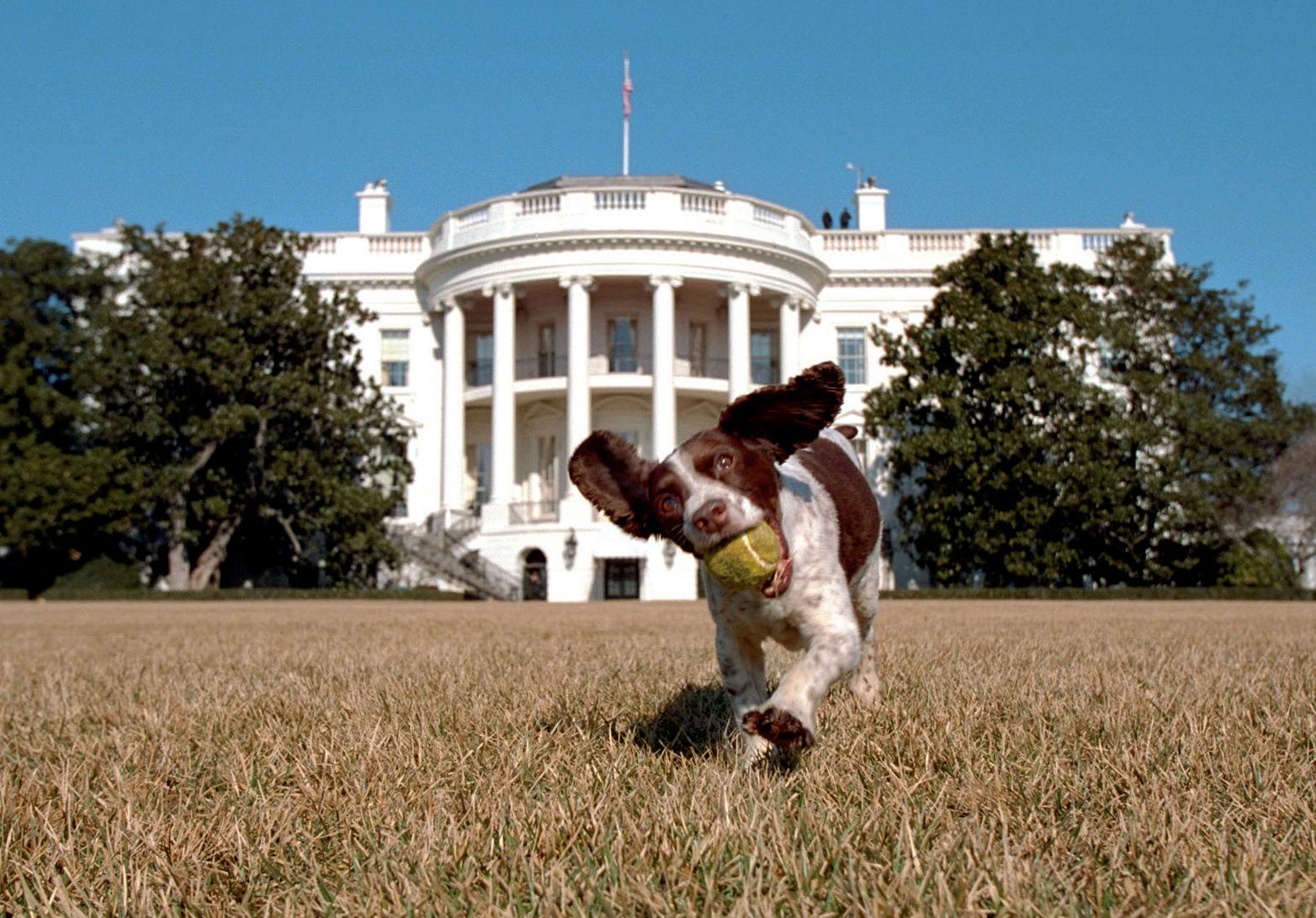
Out of the country’s 63 national parks, a handful are household names. It’s time to discover the lesser-known ones, which have a wow factor of their own.
88 | The Internet’s Dad
With tutorials from tying ties to changing tires, Rob Kenney’s fatherly advice is helping to fill a void he didn’t know existed.
96 | Parting Thoughts
Joe Hart, CEO of Dale Carnegie Training, on how the principles in the eponymous author’s 1936 self-improvement classic can be translated for the modern day.

34
74 68
American Essence
FOR EVERYONE WHO LOVES THIS COUNTRY
PUBLISHER
Dana Cheng
EDITORIAL
Editor-In-Chief
Managing Editor & History Editor
Lifestyle Editor
Literature Editor
Arts Editor
Editor-At-Large
Production Manager
Production Assistant
Channaly Philipp
Annie Wu
Crystal Shi
Sharon Kilarski
Jennifer Schneider
Tynan Beatty
Astrid Wang
Jennifer Tseng
CREATIVE
Lead Designer Designers
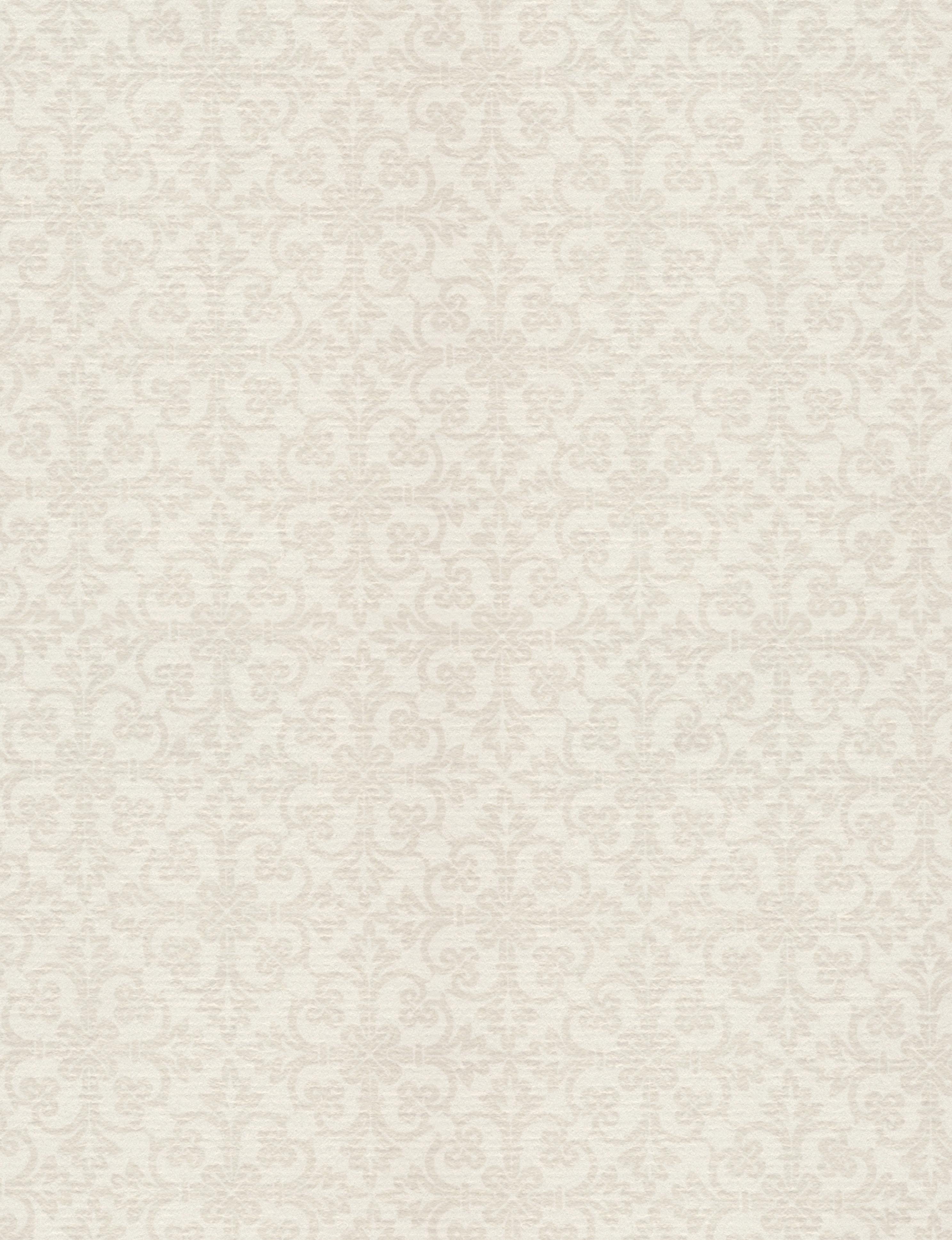
Photo Editor Illustrator
Cristina Greaney
Jasmina Zhang
Sunny Lo
Tatsiana Moon
Biba Kayewich
CONTRIBUTORS
Sandy Lindsey, John J. Monteleone, Ashley Graning, Krista Thomas, Amy Denney, Hazel Atkins, Andria Pressel, Dustin Bass, Jeff Minick, Sally Humphries, Chris Lawson, Deena C. Bouknight, Andrew Benson Brown, Ryan Cashman, Pamela Beiler, Barbara Danza
EVERY PIECE OF JEWELRY TELLS A STORY

American Essence (USPS 24810) is published monthly by Bright Magazine Group at 5 Penn Plz. Fl.8, New York, NY 10001. Periodicals postage is paid at New York, NY.
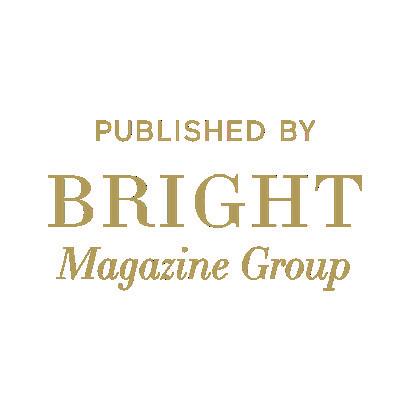
Postmaster: Send address changes to American Essence, 5 Penn Plz. Fl.8, New York, NY 10001.
General Inquiries: AmericanEssence.net/help
Submissions: Editor@AmericanEssence.net
www.AmericanEssence.com

JUNE 2023 | VOLUME 3 | ISSUE 6 614 459 8890 | www jjandcompany com
6 AMERICAN ESSENCE
This page is not in the preview.
not included preview.
ISSUE 6 | JUNE 2023 7
Tie It Like Jackie
When it comes to style icons, Jacqueline Kennedy Onassis is in a category all her own with her trademark grace, poise, understated elegance—and her fashionable use of the silk scarf.


Wrap It Right
Jackie’s favorite look: a headscarf tied under the chin. She also often wrapped the ends back around her neck for a more finished look, or wore it around her head bandana-style.

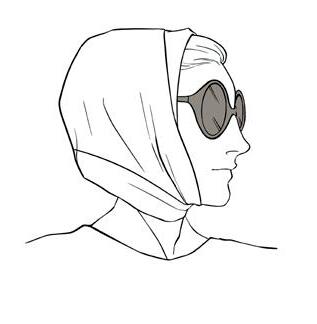
The Designers
While Jackie favored American designer Oleg Cassini while she was first lady, and Gucci and Valentino amongst others afterward, Hermès was her go-to for scarves; the 1963 Astrologie was a favorite.
A Glamorous Pair
Jackie knew the importance of balance. Her most famous look paired mammoth Gucci sunglasses with a large, vibrantly patterned Hermès scarf.
Beauty Sleep
According to her former makeup artist Peter Lamas, Jackie often slept with her hair in a silk scarf or on a silk pillowcase to maintain her blowouts.

Scarf Care 101
Silk scarves should be folded gently and stored in their original box. Press on low heat, ironing on the reverse side with a thin piece of cotton between the iron and the scarf. Beware: Perfume stains silk.
First Look | Style
WRITTEN BY Sandy Lindsey

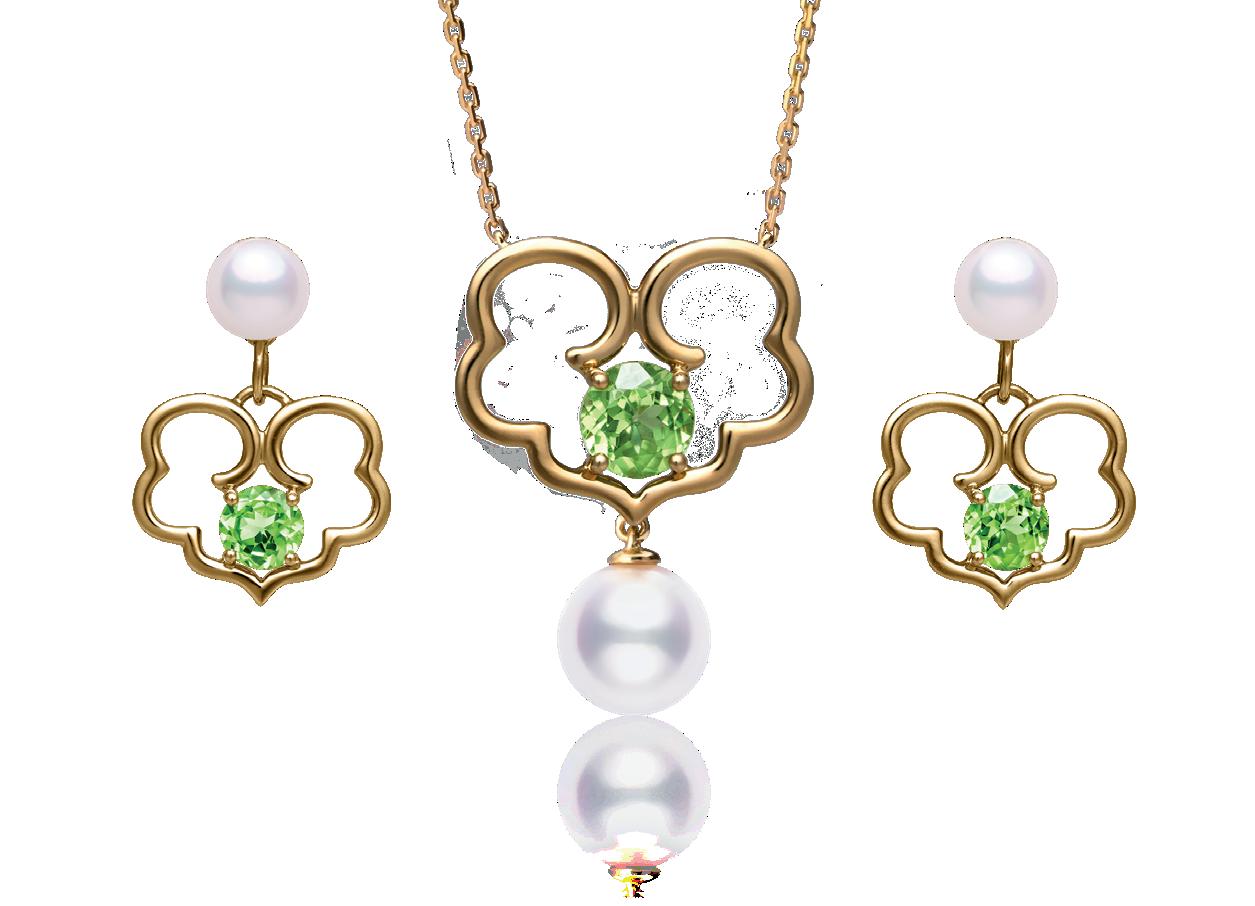
ISSUE 6 | JUNE 2023 SHENYUNSHOP.COM 1.800.208.2384 Our signature designs embody the essence of traditional culture to kindle hope and uplift your spirit. B e a u t y. D i v i n e l y In s p i r e d . Exclusive offer for American Essence readers: Save 10% with code ESSENCE10
America’s national parks offer the unique opportunity to get out and appreciate the natural wonders of the world. There’s no better way to experience them than to stay at on-site accommodations, relaxing at the end of each exciting day in comfort and style.
6 Best
Historic Hotels in National Parks
 WRITTEN BY Sandy Lindsey
WRITTEN BY Sandy Lindsey
▲GLAMOROUS GLACIERS
The Great Northern Railroad built Many Glacier Hotel in 1915 to accommodate a new generation of travelers wanting to stay in aweinspiring settings. Located on scenic Swiftcurrent Lake in the northeastern area of Glacier National Park, the hotel is known for its Old World-style accommodations and elegant, soaring lobby.
855-733-4522
GlacierNationalParkLodges.com
NATURE’S MAJESTY
As Zion National Park’s only inpark lodging, Zion Lodge is a chance to immerse oneself in its towering sandstone cliffs— some up to 3,800 feet tall—and beautiful canyons in rustic comfort. It’s located convenient to the park’s many hiking trails, cycling, horseback riding, and more—even stargazing tours.
888-297-2757
ZionLodge.com
10 AMERICAN ESSENCE
GRAND DESTINATION ►
The El Tovar Hotel rests 20 feet from the edge of the Grand Canyon’s south rim. Part Swiss chalet and part Norwegian villa, it exemplifies designer Charles F. Whittlesey’s ability to uniquely combine architectural styles. Since 1905, it has hosted many presidents and celebrities.


888-297-2757
GrandCanyonLodges.com
◀DESERT POSH
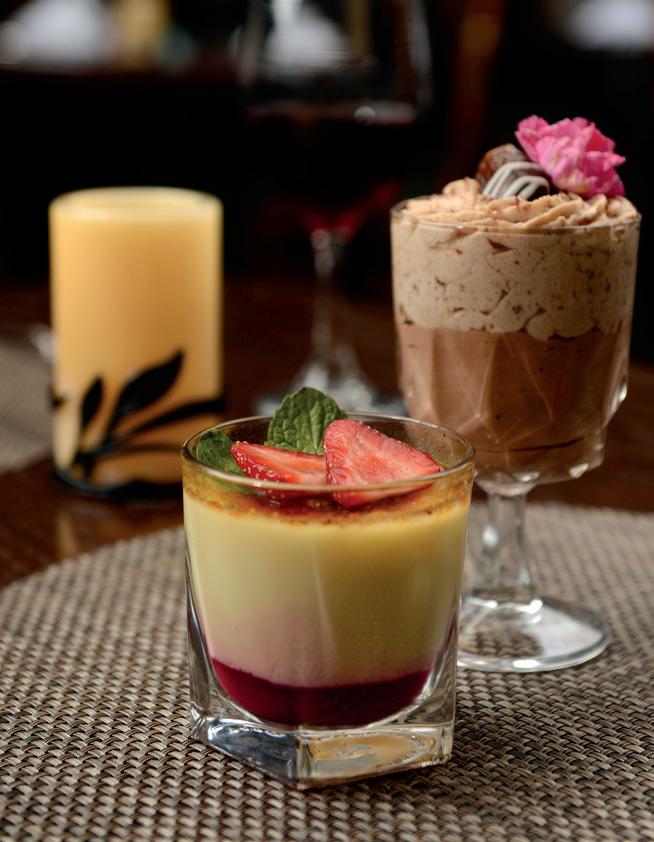
Death Valley is inhospitable—unless you’re at the Oasis at Death Valley, where a natural spring runs through the grounds, allowing palm trees, colorful bougainvillea, and the lowest elevation golf course in the world to thrive. A popular retreat since 1927, the property recently underwent a $150 million renovation.
800-236-7916
OasisAtDeathValley.com
AHWAHNEE AWAITS
Yosemite National Park’s Ahwahnee Hotel is an architectural wonder with elements of Art Deco, Native American, Middle Eastern, and the Arts and Crafts movement. The handsome granite façade, grand log-beamed ceilings, giant stone hearths, and stained glass windows lead to finely-appointed rooms, while the grounds offer views of Half Dome, Yosemite Falls, and Glacier Point.
888-413-8869
TravelYosemite.com
◀YELLOWSTONE TREASURE
The bright yellow, columned Lake Yellowstone Hotel has been welcoming travelers since 1891 in grand style. The Colonial Revival design meets modern amenities thanks to an extensive 2014 renovation, and it exudes a serene, upscale ambience from the new, French-inspired menu, served alongside the melodies of a string quartet each summer.
307-344-731
YellowstoneNationalParkLodges.com
ISSUE 6 | JUNE 2023 11 Travel | First Look
12 AMERICAN ESSENCE
This page is not in the preview.
not included preview.
ISSUE 6 | JUNE 2023 13
Dad on a Mission
Kirk Cameron has had many roles over his career: actor, producer, and writer among them. But to him, being a father is the most important of them all
Instantly famous as a teen actor portraying Mike Seaver in the ABC sitcom “Growing Pains,” Kirk Cameron is now in the prime of his life. With all his children grown, the 52-year-old still takes on acting roles, produces family-friendly movies, writes children’s books, and travels throughout the United States to champion the traditional ideals of America’s founders.
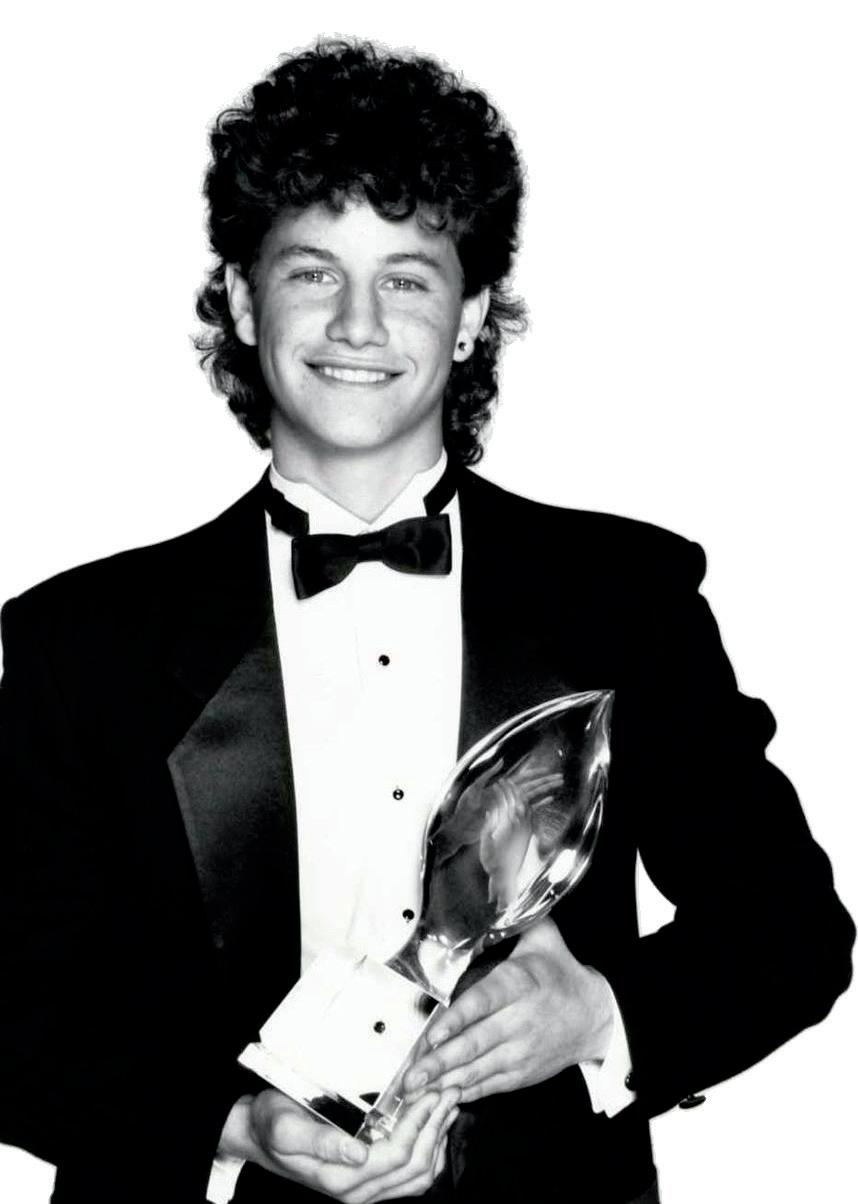
The work he chooses today literally projects his appreciation for family values, virtuous fatherhood, and patriotism for this country. In the last year, he produced “The Homeschool Awakening,” docu menting the rise of at-home educa tion in recent years. “As You Grow,” published by Brave Books, is Cameron’s attempt to instill virtue through a family-friendly children’s book. And inspired by his own experiences in adopting children, he played the role of David Scotton’s father in LIFEMARK, a film adaptation of the documentary “I Lived on
Parker Avenue.”
Cameron is proud of his career accomplishments over the decades, but it was his early halcyon days of acting that led to the love of his life and, eventually, fatherhood. He met and married providentially, he said, his on-screen girlfriend, Chelsea, 32 years ago, smitten from the first moment he saw her.
“I had these visions of real life romance, and that became a reality,” he said. “And then we had six children. We adopted our first four, then had two kids the old-fashioned way. We finally figured out how to do this at home!”
The Role of Father
A few years in, he and Chelsea decided to homeschool. Initially, Cameron thought homeschooling was weird. But over the course of 10 years homeschooling, he realized they were “perfectly positioned and equipped to be the best teacher. It’s very empowering and exciting.”
Experiences in his child-
14 AMERICAN ESSENCE
Features | Personalities
BELOW Kirk Cameron winning the People’s Choice Award for favorite young TV performer in 1989.
WRITTEN BY Krista Thomas PHOTOGRAPHED BY Samira Bouaou

16 AMERICAN ESSENCE
This page is not in the preview.
not included preview.
ISSUE 6 | JUNE 2023 17
Where to Start
Even if you work behind a desk, you can dabble in movement outside your comfort zone. Here are some of Michael Easter’s tips:
Do some physical activity every hour. Get up from your desk and move or stretch for even a few minutes.
Practice fasting by skipping breakfast, which benefits metabolism but also helps get you in tune with your body’s hunger cues. “People get anxious about the idea that they can be hungry,” he said. “We need to learn hunger is not an emergency.”
Get outside for at least 20 minutes three days a week in your neighborhood or park; five continuous hours once a month in a state park hiking, picnicking, or fishing; and on a three-day annual trip where you do something hard that won’t kill you that you have a 50/50 chance of completing. “By day three, you’re seeing life a lot differently,” he said.
Try rucking (carrying weight in a backpack while hiking). Rucking burns two to three times as many calories and it’s good for building cardiovascular and muscular strength.


18
Each time Michael Easter’s life took a step forward in freedom and growth, he realized it was consistently preceded by a prevailing mindset shift to face his own discomfort.
Journalist and author of “The Comfort Crisis,” Easter was dissatisfied with simply parroting scientific studies and taking his interview subjects at their word for his first book, published in 2021. Instead, his curiosity motivated him to also saturate himself in the narrative by visiting some of the world’s most remote and dangerous places.
Had it not been for Easter’s five-day, offgrid elk hunting expedition with famed American hunter Donnie Vincent, he likely never would have considered upending his life to deep-dive into discomfort. Not exactly primed for the adventure, Easter arrived in the Nevada outback woefully unprepared for the climate (it was frigid) and the boredom.


The days dragged on minute by minute, interspersed with rare heart-stopping moments. The most entertainment he had was reading labels on his food and clothing. Being alone with his thoughts, however, was the kind of discomfort he needed to catch a creative vision for a book.
“It was totally uncomfortable the whole time, so uncomfortable in so many different
ways,’’ Easter confessed. He wanted to go home after the first day. “But what was interesting was when I got home I felt better than I had in a long time. It was very striking to me.”
He came home and wrote an article on Vincent for Men’s Health magazine, but the idea of a book was stirring in his soul. He wanted to know: Why are the most wildly healthy and happy people choosing discomfort when modern science has found an easier route? And what knowledge can the rest of us glean from their lifestyles of embracing ancient wisdom that embodies nature, movement, and boredom?
Humanity is constantly racing toward comfort, Easter mused, from the development of food that’s calorically dense, easy to eat, and fast to prepare to the design of HVAC systems that regulate temperatures in our homes and offices. We sit more, move less, eat more, look for shortcuts, turn to our phones to entertain us as soon as boredom strikes, and chase comfort as though our lives depended on it.
But we are generally more unhappy. We complain more, get sick more, take more medication, require more vacations, and actually seem to be writhing in consistent discomfort— or at least discontentment.
Easter’s research unearthed a perplexing
Scarcity Brain
Living on the outskirts of Las Vegas, Easter is surrounded by slot machines— not just in casinos but in grocery stores, restaurants, and even gas stations.
“Nothing is better at pushing people into repeat behavior that can hurt them in the long run,” he said. “Why do humans in general try to reach for more, more food, more stuff, more control over others?”
Learning to live with moderation is key, but few of us know how to live it out. In his new book, “Scarcity Brain,” due to be released in September, Easter will explain how our inability to moderate is changing us and ultimately hurting us. Of course, he will also help us learn how to tap into moderation and overcome our scarcity brains.
vvv
Weaving ancient wisdom into our modern lifestyle can be simple, effective, and even fun in a world exhausted by dizzying health advice.
BOTH PAGES Michael Easter carries a heavy load while caribou hunting in the Arctic tundra.
20 AMERICAN ESSENCE
This page is not in the preview.
not included preview.
ISSUE 6 | JUNE 2023 21
First Pets
From rascally raccoons to rogue goats, life at the White House was much enlivened by creatures great and small
WRITTEN BY Andria Pressel
Pets are a quintessential part of American life. Only three U.S. presidents didn’t have pets while in office. Even before the White House was completed, President George Washington’s household was boisterously active, with a host of dogs, stallions, an Andalusian donkey gifted by Spain’s King Charles III, a parrot named Snipe, and Washington’s faithful warhorses, Nelson and Blueskin.
But Washington’s menagerie was outdone by Teddy Roosevelt’s family, who added a barn owl, a lion, guinea pigs, and a black bear christened after preacher-philosopher Jonathan Edwards—to name only a few. The Roosevelt children also enjoyed playing with Josiah the badger, a rat named Jonathan, Fierce the one-legged rooster, and Maude the pig. Peter Rabbit received a state funeral upon its passing. And to Teddy Roosevelt, the family’s bright blue hyacinth macaw named Eli Yale “looked as if he came out of ‘Alice in Wonderland.’”

History | Presidential Pets
A B OVE George Washington greets his family upon returning from hunting. Photograph of a painting by J.L.G. Ferris. RIGHT Alice Roosevelt, Theodore Roosevelt’s daughter, with a family parrot, circa 1904.
22 AMERICAN ESSENCE

24 AMERICAN ESSENCE
This page is not in the preview.
not included preview.
ISSUE 6 | JUNE 2023 25
Theodore Roosevelt: A Force for Nature
How grief and curiosity gave rise to America’s great conservationist
In a matter of two months, Theodore Roosevelt Sr. was dead. Cancer had quickly devoured the father of one of America’s most famous presidents. The son, a 19-year-old eventual executive, was crushed by the loss of his father, a man who was a founder of the American Museum of Natural History and whom the son viewed as “the best, wisest and most loving of men.”
It was Theodore Roosevelt Jr.’s father who had pushed for him “to make his body” in order to combat his sickliness, specifically his asthma. He vowed to do so in order to pursue all that his mind wished to do but his frail body wouldn’t allow. His workout regimens began what he would term “the strenuous life.” “Teedie,” as he was known as a child, was curious about nature, especially birds. Though his childhood body often prevented the strain of even mild adventure, it didn’t stop him from studying and sketching nature’s subjects. At the age of 14, while his family vacationed on the Nile River, he and his father would hunt along the banks, killing, dissecting, preserving, and labeling the specimens.
Roosevelt had the gift of hyper-focus, which allowed him to block out other thoughts and distractions and focus solely on his task at hand. Shortly after his father’s death, his grief could be stifled only by the intellectual demands of his studies at Harvard College. “It has been a most fortunate thing for me that I have had so much to do,” he wrote in his diary.
“If
Six years later almost to the day, Roosevelt would endure such emotional heartache that the rigors of city life would prove insufficient. On Valentine’s Day 1884, his mother, Mittie, and wife, Alice Lee, would die in his house of typhoid fever and kidney failure respectively, just two days after the birth of his first child, Alice. That day, he wrote one line in his diary: “The light has gone out of my life.”
Restoration in the Dakota Territory
At the time of the deaths, he was a Republican state legislator in the New York State Assembly. Still in a state of grief, he would finish his third one-year term, drop his political career, and flee to the untamed West of the Dakota Territory, leaving his daughter in the care of his sister, Bamie.
Upon his arrival, he appeared unprepared for the demands of the wild. A Pittsburgh Dispatch journalist noted that Roosevelt looked like “a typical New York dude.” Roosevelt was undeterred. His interest in nature had become an unbridled passion. His grief had driven him to isolation. He had overcome his past physical frailties through perseverance, and he would overcome his grief and anything else nature brought his way through the same virtue.
26 AMERICAN ESSENCE
I had very much time to think, I believe I should almost go crazy.”
History | Conservation
RIGHT Engraving of Theodore Roosevelt in a medallion by Sidney L. Smith, 1905.
WRITTEN BY Dustin Bass
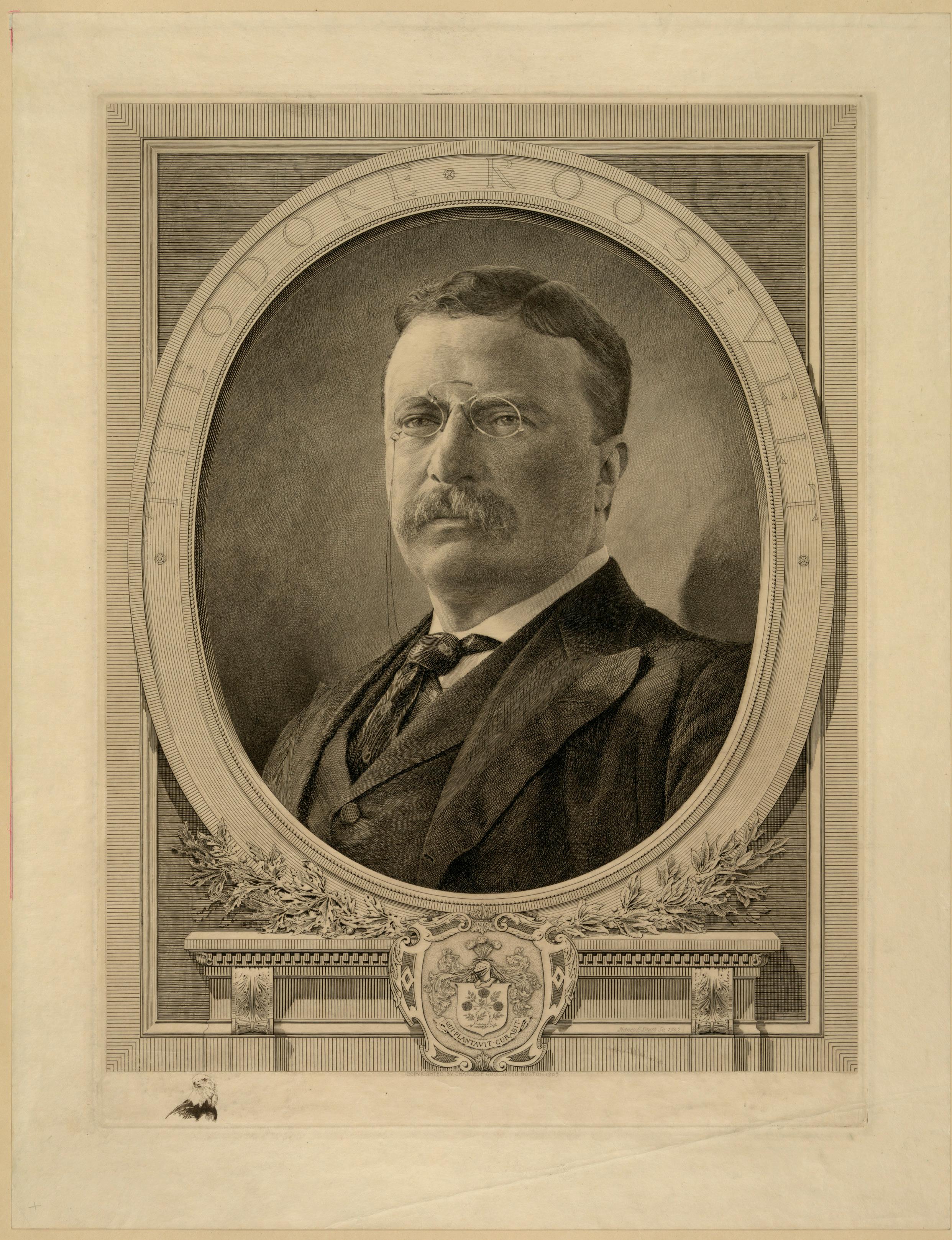
28 AMERICAN ESSENCE
This page is not in the preview.
not included preview.
ISSUE 6 | JUNE 2023 29
How Father’s Day Became a Holiday
Yes, Mother’s Day already existed. But did fathers really need a Father’s Day celebration?
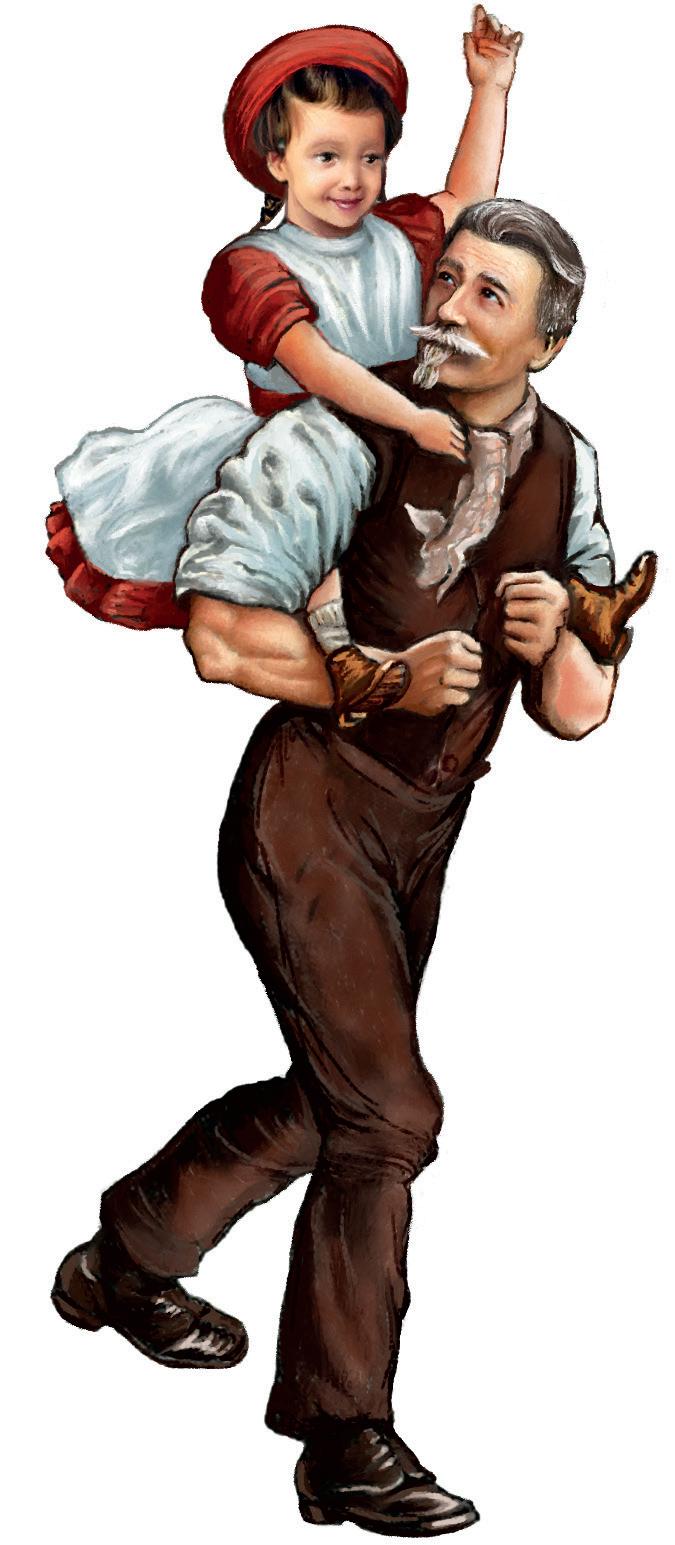 WRITTEN BY Chris Lawson
WRITTEN BY Chris Lawson
30 AMERICAN ESSENCE
Father’s Day is a quintessential American holiday: the day we honor dads, stepdads, granddads, and father figures who mean so much—in so many ways—to our families. On the third Sunday in June, fathers revel in their very own dedicated day and, if they’re lucky, are showered by their kids and family members with love, appreciation, attention, and gifts.
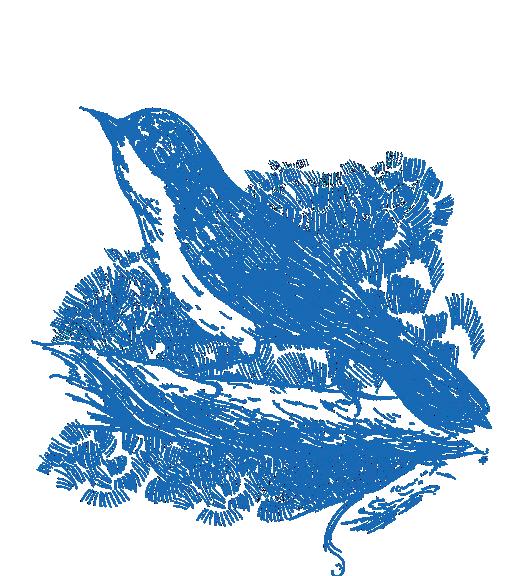
It’s also when we extol the importance of fatherhood.
But did you know that this special day has been celebrated even before it became a national holiday? It’s a 113-year-old story.

Father’s Day as we know it today originated in Spokane, Washington. The idea was initiated by a devoted daughter of a Civil War-era widowed father. Her name was Sonora Smart Dodd.
According to Megan Duvall, the historic preservation officer for the city and county of Spokane, Dodd’s mother Ellen had died in childbirth when Dodd was just a teenager. Her father, William Jackson Smart, was left to raise six kids, ranging in age from 16 to a newborn, on his own.
William was a farmer who had fought for the Union during the Civil War, Duvall said. By all accounts, he was a stoic symbol of what fatherhood—parenthood—should be. His daughter wanted desperately to pay tribute to him and other fathers.
A Daughter’s Devotion
According to historical accounts, it all began when Sonora was listening to a Mother’s Day sermon in the Central Methodist Episcopal Church in Spokane, Washington, on May 9, 1909. Sonora questioned why we shouldn’t have a like-minded Father’s Day as well. Mother’s Day had originated two years before in Grafton, West Virginia, but nothing similar had since been created for fathers.
Over the next year, Dodd tirelessly drummed up support for her idea of a Father’s Day, Duvall explained. She convinced the local YMCA and the Spokane Ministerial Association to sign a petition creating a Father’s Day observance in Spokane. Local businesses, the press, and Mayor N.S. Pratt all gave their support.
In her original petition to the Ministerial Alliance of Spokane, Dodd wrote:
The beautiful custom of Mother’s Day suggests the question. Why not a Father’s Day?
This question is further emphasized by the celebration in our Sunday schools of Children’s Day.
A Father’s Day would call attention to such constructive teachings from the pulpit which would naturally point out:
-The father’s place is in the home.
-The training of children.
-The safeguarding of the marriage tie.
-The protection of womanhood and childhood.
31 ISSUE 6 | JUNE 2023
Father’s Day | History
32 AMERICAN ESSENCE
This page is not in the preview.
not included preview.
ISSUE 6 | JUNE 2023 33
House Copper & Cookware
Founded: 2015
Based in: Port Washington, Wis.
Specializes in: Building and restoring traditional tin-lined copper cookware

Best-sellers: 12-inch House Copper Skillet ($525), Copper Bowl ($300), Copper Baking Sheets (from $165)
Annual production: 300 to 400 pieces
Oldest piece of equipment: A mid-1700s blacksmith-made swedge
Oldest piece restored: A 1600s hearth coffee pot
Most intensive project: A copper apple butter kettle with an iron tripod that took 3 weeks to build Shop at: HouseCopper.com
A Copper Revival

Sara Dahmen, the sole coppersmith behind House Copper and Cookware, is bringing a nearly lost American cookware tradition back to the modern kitchen
Wisconsin native Sara Dahmen blissfully recalls childhood excursions to attend Rendezvous. The annual historical reenactments brought the state’s Fur Trade era back to life, with 18th- and 19th-century settlers, traders, and Native Americans gathering to exchange furs and goods.
“I remember seeing these girls and boys, a little bit older than me, in full pioneer, Laura Ingalls Wilder clothes,” she said. “They’d be washing their hair in the river, and I was like, ‘This is where I live! Why can’t I go back in history and live in this time?’”
In her own way, she’s achieved that longing for time travel.
Today, Dahmen is the only known female coppersmith building copper cookware in the United States, bringing back a nearly lost American tradition. From her home in rural Wisconsin, she handcrafts tin-lined copper cookware inspired by pioneer-era designs, using all American-sourced materials. History serves as her inspiration and is etched into each piece of metal she works.
Looking to the Past
Before Dahmen became a coppersmith, she was a novelist. A childhood dream of becoming an archaeologist gave way to a successful career as a wedding planner, but her deep fascination with Midwest Americana led her to writing.

Dahmen’s “Flats Junction” series of novels is set in the Dakotas of the 1800s and told primarily from a female perspective. In her extensive research of 19th-century pioneer womanhood, Dahmen, an enthusiastic home cook, was instantly drawn to the historical cookware her characters would be using.
“What did American pioneers have on wagon trails? What did they have in their homes after traveling across the country?” she wondered. “Because it was very specific to us: Our cookware had come over with the first colonists, but then it evolved very differently because we were traveling in a way that people from Europe were not.”
The deeper Dahmen delved, the more questions arose. The natural ores to produce copper were in abundance, but how was the cookware made? Who made it? How would a pan be fixed?
Perhaps it was the zeal of Dahmen’s inner young archaeologist that guided her to what would be a transformational experience: an apprenticeship with master tinsmith Bob Bartelme—who lived just 15 minutes away.
WRITTEN BY Ryan Cashman
Made in America | Lifestyle
RIGHT House Copper pot, from Dahmen’s cookware line, made from pure American copper, with tin lining and ductile iron handles.

The Master and the Apprentice
“It was an accident,” Dahmen said with a chuckle. “I didn’t walk into Bob’s shop and go, ‘I can’t wait to be your apprentice.’ I was there as a one-off. And then he said, ‘Well, you should come back and make a Revolutionary War cup.’ So I did. And then he said, ‘Why don’t you come back and make something out of copper, since that’s what you want to learn?’” So, she did. And she kept coming back.
Two to three times a week, often with her children in tow, Dahmen would be in Bartelme’s shop, learning the ins and outs of traditional copper cookware.
The master and apprentice relationship eventually blossomed into a friendship. Dahmen laughed, recalling that during Rendezvous events they attended together, Bartelme was often mistaken for her father. He never bothered to correct the mistake.
“It really, truly was the modern version of Johnny Tremain’s apprenticeship,” Dahmen said. “And it was truly the only way [I] could learn this skill. There are old books out there on how to become a sheet metal worker, but unless you’re already a sheet metal worker by trade, those books are Greek. They make no sense. It took me four years of working with Bob for those books to make sense.”
During those long hours of learning, Dahmen’s love for her newfound trade blossomed. An ambitious idea began to take shape in her mind. She and Bartelme were making cookware in the same style as the characters in her novels, primarily for historical reenactors. But Dahmen wanted to go further: an all-American cookware line for modern home cooks.
Putting the Pieces Together
On the surface, the idea was simple. She would manufacture her own pieces, sourcing all the materials from American fabricators. That was easier said than done.
After the Revolutionary War, domestic cookware manufacturing boomed. American inventions revolutionized the industry, making iron and copper cookware more affordable and therefore more abundant. Such
Copper Cookware Care
Caring for tin-lined copper cookware is ‘not too precious,’ says Sara Dahmen. The guidelines are similar to those for cast iron cookware—‘the one difference is you don’t have to season it!’ Here, she shares her tips for keeping your pieces in top shape.
Cooking
‘‘Always use wood or silicone utensils when cooking. Have food or liquid in the cookware before turning on the heat. Don’t broil (unless it’s full of food!).’’
Cleaning
‘‘Never put copper cookware— no matter the lining—in the dishwasher. Clean with warm water, non-abrasive dish soap, and a soft cloth after cooking. If food is sticking, add water and a drop of dish soap and heat to simmer, and the food should begin to lift out. Dry with a soft cloth.’’
Polishing
‘‘For a quick shine-up, use ketchup! Pour a generous amount on the pot and rub it all over the copper. Leave on so the oxalic acid in the ketchup (from the tomatoes) eats at the oxidation of the copper, then wash off with warm soapy water. This works if the oxidation—the ‘tarnished’ look—isn’t too dark. For truly dark, near black copper, mechanical means, such as a buffing wheel, are needed.
‘‘To keep copper shiny, do regular cleaning after use. Polishing once a week would be sufficient if you use the copper daily.’’

ISSUE 6 | JUNE 2023 37
LEFT A mix of Dahmen’s Americanmade copper cookware and restorations-inprogress of vintage pieces from around the world.
ABOVE A handmade bar spoon.
38 AMERICAN ESSENCE
This page is not in the preview.
not included preview.
ISSUE 6 | JUNE 2023 39
Shaved Summer Squash With Tuna
SERVES 4 This is one of my favorite simple dishes to make in the height of summer when the gardens and stores are overflowing with summer squash and zucchini. I tend to eat a lot of salads in the summer, and I usually make sure there’s a generous amount of vegetables in my salad, and some sensible protein. There’s really no cooking whatsoever that goes into this dish, just a variety of raw summer vegetables, simply prepared. You’ll need a mandoline or slicer adapter on your food processor to cut the veggies as thinly as possible. —Seamus Mullen
• 12 ounces mixed summer squash, such as small zucchini, yellow squash, and patty pans
• 4 ounces mixed radishes, such as red, watermelon, and cello

• 24 Sungold tomatoes, halved
• 2 shallots
• 1 serrano chile pepper
• 1 cup paper-thin slices raw purple cauliflower
• 4 ounces best-quality tuna packed in olive oil
• 3/4 cup extra-virgin olive oil
• Juice of 4 limes, rinds reserved
• Sea salt and black pepper
• Chopped fresh dill and cilantro, for serving

• 1 2-ounce chunk Parmesan cheese
Cut the squash and radishes into paper-thin rounds. Halve the tomatoes. Thinly slice the shallots, serrano chile pepper, and cauliflower. Flake the tuna into large chunks. Toss the squash, radishes, tomatoes, shallots, chile, tuna, oil, and lime juice in a large bowl. Season to taste with salt and pepper.
Divide among serving plates and top with the fresh herbs. Zest the lime rinds directly on the salad, then shave the Parmesan on top using a vegetable peeler. Serve immediately.
40
AMERICAN ESSENCE
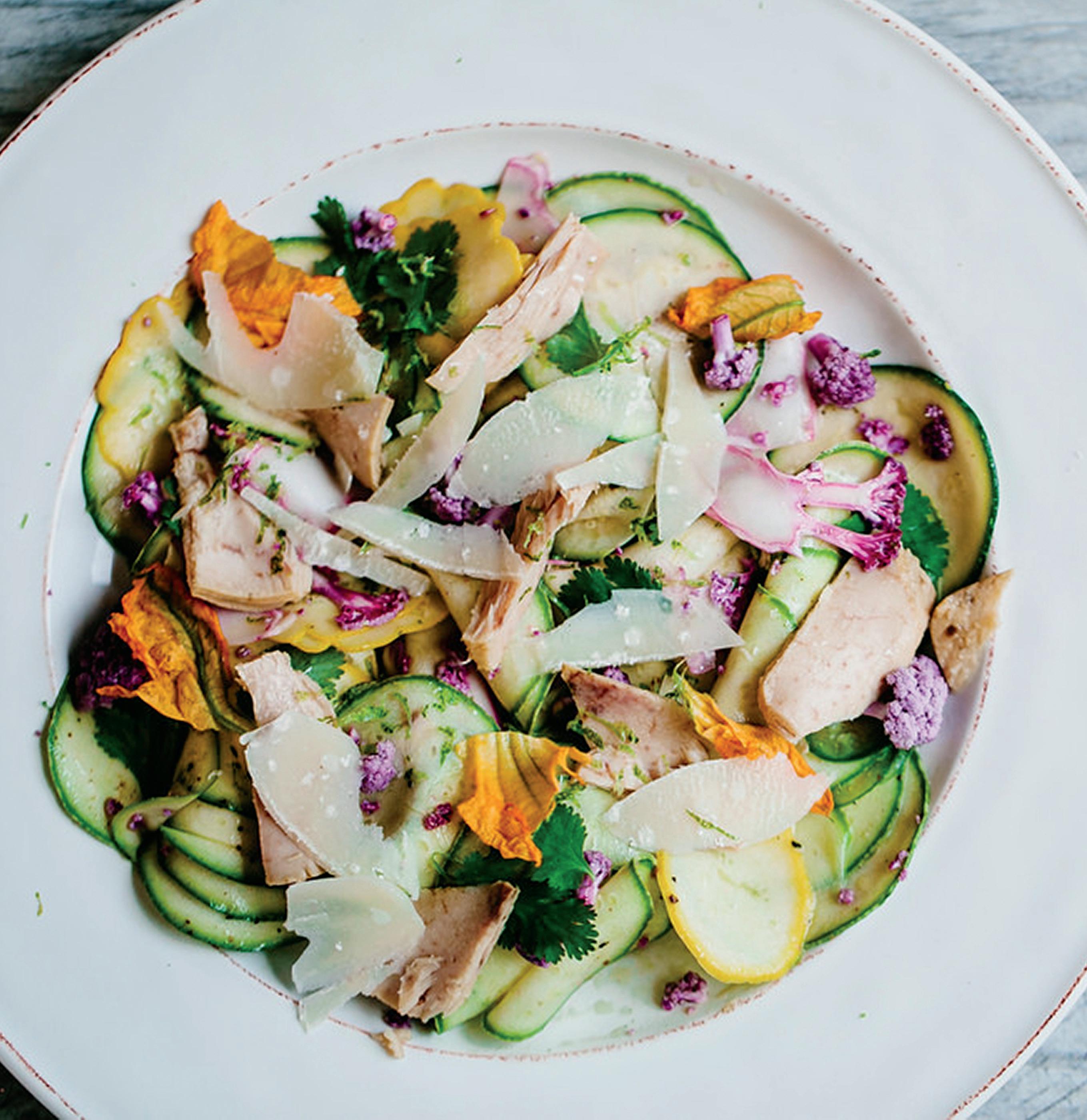 ABOVE LEFT Mullen is the culinary director at the Rosewood Sand Hill resort in Menlo Park, Calif.
ABOVE LEFT Mullen is the culinary director at the Rosewood Sand Hill resort in Menlo Park, Calif.
Wellness | Lifestyle ISSUE 6 | JUNE 2023 41
LEFT Real food, deliciously prepared, is at the heart of Mullen’s cooking.
The Language of Light
With its radiant effects of light and atmosphere, the poetic depictions of Luminist landscapes convey the profundity of the sublime
WRITTEN BY Jennifer Schneider
The Luminist painters depicted the calm reflections of nature through the lens of a cultivated mind and spirit. Inspired by the philosophy of transcendentalism, the painters found communion with God through nature, a contemplative and restorative temple for their souls. The combination of shimmering, illuminated light and tranquil landscapes exemplified man’s harmonious union with the natural world.
In accordance with transcendental philosophy, the Luminist painters stepped out of the confinement of their studios into the vault of nature. Beholding the grace of God and nature with their own eyes, they served as conduits to rouse their viewers from the stagnation of urban life and ignite that same sentiment: the desire to reconnect with heaven and earth.
“Could we open for an instant their sealed eyes to the perception … of the great harmonies of nature, they would become tranquilized and elevated,” wrote Asher Brown Durand, American landscape painter, in his 1855 introduction to “Letters on Landscape Painting.”
Gifford represented the arising feelings of reverence for the sublime with his intimate engagement with nature.
Native to the Hudson Valley, Gifford frequently painted the Kauterskill Clove. Nearly indiscernible, a man and his dog meld into the topography as they climb the rocks to the left. Dramatic lighting and atmospheric effects shift the focus from the external to the meditative.

Lifestyle | Luminist Landscapes
RIGHT “A Gorge in the Mountains (Kauterskill Clove)” by Sanford Robinson Gifford, 1862. Oil on canvas. Metropolitan Museum of Art, New York.
Sanford Robinson Gifford


44 AMERICAN ESSENCE
This page is not in the preview.
not included preview.
ISSUE 6 | JUNE 2023 45
We hope you enjoyed the first few pages of American Essence.
To read the complete publication, subscribe today at americanessence.net

 —JOHN MUIR
—JOHN MUIR
 Mount Rainier, as viewed from Indianola, Wash.
Mount Rainier, as viewed from Indianola, Wash.



















 WRITTEN BY Sandy Lindsey
WRITTEN BY Sandy Lindsey












 WRITTEN BY Chris Lawson
WRITTEN BY Chris Lawson









 ABOVE LEFT Mullen is the culinary director at the Rosewood Sand Hill resort in Menlo Park, Calif.
ABOVE LEFT Mullen is the culinary director at the Rosewood Sand Hill resort in Menlo Park, Calif.


